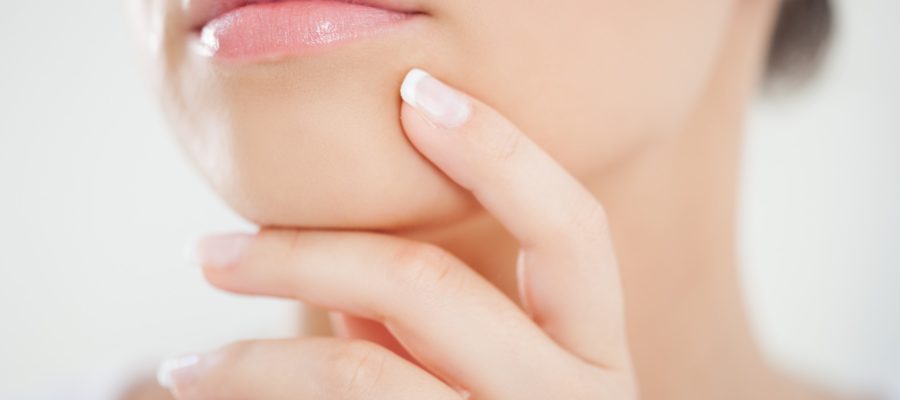-
Duration
60-80 min -
Anaesthesia
Local and eventual sedation -
Hospitalization
no -
Return to society
7 days
Chin and cheekbones determine the profile of the face. Little zygoma or tapered chin could negatively affect the aesthetics of the face.
A tailored procedure is able to reshape and restore a harmonic profile. This procedure is also known as profiloplasty. This term is commonly includes also other procedures like rhinoplasty and facelift (treated in separated sections in this website).
Several procedures are described to correct hypoplasia of chins and zygoma. The use of silicone implants should be proscribed, preferring almost in all cases the use of autologous adipose tissue (lipofilling).
This procedure eliminates the risks of an implant (such dislocations and infections). Moreover, the adipose tissue is completely biocompatible and permanent.
In most cases one procedure is sufficient to correct the profile. When more volume is required, a second procedure could be performed.
- Chinplasty. The adipose tissue is able to define the profile of the chin with a natural result. Compared to a silicone implant, the adipose tissue is able to eliminate small blemishes, wrinkles, double profiles, requires minimal scarring and avoids implant visibility in case of thin subcutaneous tissue
- Malarplasty. This procedure is able to deeply redefine the middle third of the face. The adipose tissue allows the redistribution of volumes, the definition of hypoplastic zygoma and re-tensioning of the skin. This feature is fundamental and produces a result similar to a light facelift. Malarplasty with lipofilling is natural, requires minimal scarring and avoids implant visibility in case of thin subcutaneous tissue.
Lipofilling is able to improve the quality of the overlying skin. Any pre-existing scars also will benefit from treatment.
The limit of this procedure is the availability of adipose tissue, although the limited quantities necessary for this treatment make lipofilling suitable also for thin patients.
Scars are minimal, generally 1 mm each, and are planned in skin folds or wrinkles. In the donor site, larger scars are required (up to 2 mm) to allow fat harvesting.
This surgery is performed as outpatient procedure under local anesthesia with sedation. The operation lasts about one hour. The stitches of the small surgical access required for fat harvesting are removed 7 days after surgery. A compression garment is indicated over the harvesting site to reduce swelling and bruising. The patient can return to daily activities in one week. Sports and intense physical activities are allowed three weeks after surgery. Swelling and bruising regress spontaneously in 1 or 2 months.


